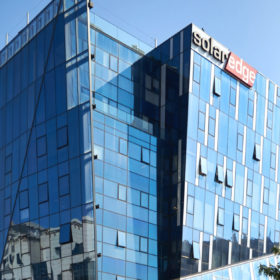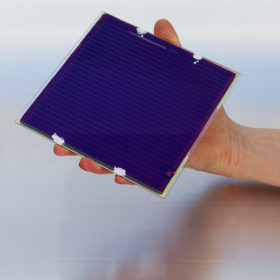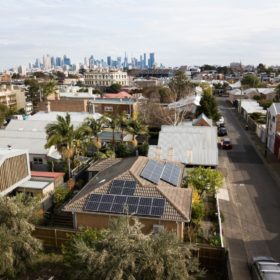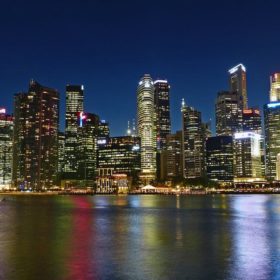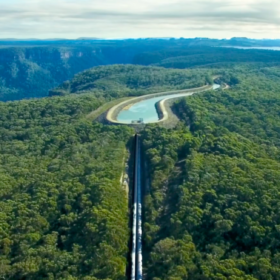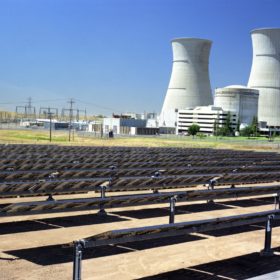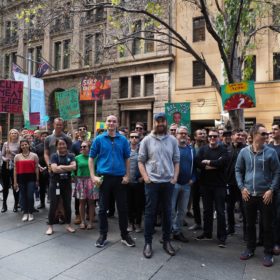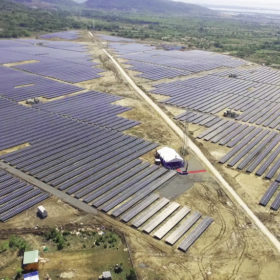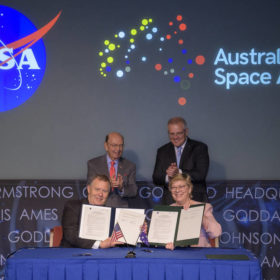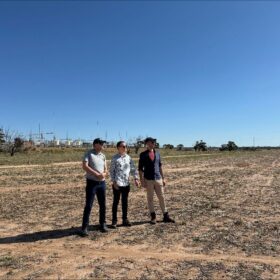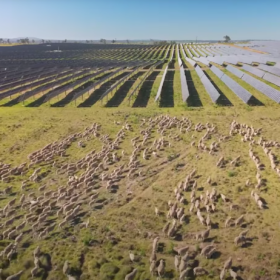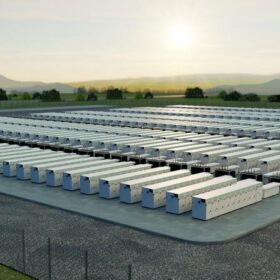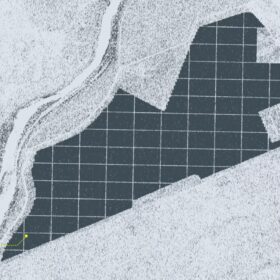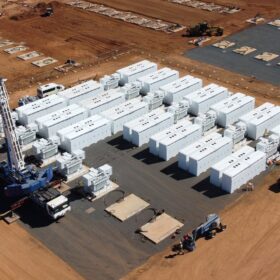Stock markets pumped $1.3bn into solar in the last quarter
Fundraising activity for solar leaped in the July-to-September period to provide healthy quarterly and year-so-far comparisons on 2018.
Huawei facing another three SolarEdge lawsuits
Inverter manufacturer SolarEdge has filed three additional patent infringement lawsuits against its competitor, Huawei, in China. This comes after three similar legal actions against Huawei that had been undertaken by SolarEdge in Germany last summer. While Huawei has decided not to comment on the matter, the Chinese manufacturer revealed that it had filed three patent litigation claims against SolarEdge at a Chinese court this May.
Long read: PV perovskites hit the home stretch
Microquanta Semiconductor holds a 17.25% efficiency record for a relatively large-area perovskite module and wants to build a production facility with fresh capital from investors. pv magazine takes a look at the Chinese startup and some of the basic questions surrounding the technology.
Q Cells 25-year product warranty turns heads
Q Cells has announced a 25-year product warranty on its upcoming modules to be released in Australia before the end of the year. The 25-year extended warranty is a massive show of confidence by one of the world’s largest module manufacturer’s in its products.
Singapore’s largest green energy retailer pledges itself to Sun Cable Project
iSwitch, Singapore’s largest green energy retailer, and one of the city-state’s top three retailers overall, has emerged as the first potential customer for the $25 billion Sun Cable Project. This pledge is the second significant boost for the project in the last week after tech billionaire Mike Cannon-Brookes declared he would help fund the project.
China set for 40 GW of pumped hydro storage next year
The showpiece 3.6 GW Fengning county project which will offer grid services and back-up power at the 2022 Winter Olympics is part of a 31.15 GW construction pipeline of projects, many of which are set to come into service next year.
Logic supports renewables, not nuclear
The latest edition of the World Nuclear Industry Status Report reiterates that clean power is taking the lead in the world’s energy system and nuclear is not only too costly a remedy for carbon emissions but too slow to deploy.
Cannon-Brookes set to help fund 10 GW NT megaproject
Australian tech billionaire Mike Cannon-Brookes, co-founder of Atlassian Corp, has used the sidelines of the United Nations Climate Action Summit in New York to announce plans to help fund the ambitious 10 GW, $20 billion, Sun Cable Project in the Northern Territory (NT).
Vietnam may cut FITs for large scale solar 20%
The tariff for rooftop PV will be maintained at $0.0935/kWh but payments for ground-mounted and floating solar could be cut to $0.0709/kWh and $0.0769, respectively. The previous FIT scheme, according to government figures, has driven the deployment of around 5 GW of solar generation capacity.
Australia joins solar powered space race
The Australian Space Agency (ASA) has joined the next generation, or rather this generation, space race, between the U.S. and China. A $150 million investment from the Morrison Government into the ASA will see Australia partner with NASA on its next sustainable exploratory missions.

